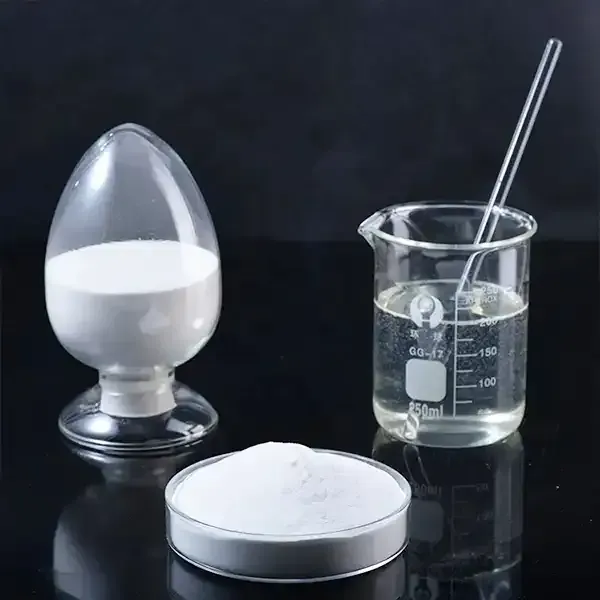A Comprehensive Overview of Hydroxypropyl Methylcellulose (HPMC) and Its Chemical Applications
Hydroxypropyl Methylcellulose (HPMC) is a versatile cellulose derivative with growing importance in various industries including pharmaceuticals, food, cosmetics, and construction. This non-ionic polymer is synthesized by the chemical modification of cellulose, incorporating hydroxypropyl and methyl groups that enhance its solubility and functional properties. The unique chemical structure of HPMC not only improves its physical characteristics but also broadens its applications across multiple sectors.
One of the most significant attributes of HPMC is its ability to form viscous solutions in water, rendering it an effective thickening agent and stabilizer. This property is particularly beneficial in the pharmaceutical industry, where HPMC is commonly used as a binder in tablet formulations. Its role is paramount in ensuring uniformity in tablets while also controlling the release of active ingredients. HPMC's film-forming properties make it valuable for producing solid dosage forms like capsules and coatings, enhancing their mechanical stability and bioavailability.
A Comprehensive Overview of Hydroxypropyl Methylcellulose (HPMC) and Its Chemical Applications
The cosmetic industry has also embraced HPMC for its multifunctional properties. It is commonly found in creams, lotions, and gels, acting as a thickening agent that improves product texture, stability, and overall user experience. Additionally, HPMC's ability to retain moisture makes it an effective hydrating agent, contributing to the viability of personal care formulations that promote skin health.
chemical hpmc

Construction materials benefit significantly from the inclusion of HPMC. In cement and tile adhesives, HPMC enhances workability, water retention, and adhesion. Its addition results in smoother application and improved performance of construction products, which is especially crucial in modern building practices. Moreover, HPMC exhibits excellent properties in controlling the setting time and consistency of mortar, making it an essential component in high-quality construction materials.
Despite its advantageous properties, the processing of HPMC must be carefully managed. The degree of substitution (DS) of hydroxypropyl and methyl groups affects not only solubility but also viscosity, transparency, and gel-forming abilities. Manufacturers and formulators must optimize these parameters to suit specific applications and achieve the desired product performance.
Environmental considerations are becoming increasingly important in the production and application of HPMC. As a cellulose derivative, it aligns with a growing demand for biodegradable and sustainable materials, making it an attractive choice for eco-conscious manufacturers. The trend towards natural and sustainable products has elevated HPMC's status as a responsible alternative in a landscape often dominated by synthetic chemicals.
In conclusion, Hydroxypropyl Methylcellulose (HPMC) demonstrates incredible versatility that spans various applications, from pharmaceuticals and food to cosmetics and construction. Its unique chemical composition allows it to perform multiple functions, making it a critical component in many products. As industries continue to evolve, HPMC's relevance is poised to grow, supported by its favorable properties and environmental compatibility. As we advance into a future that prioritizes sustainability and efficiency, HPMC remains a cornerstone in the formulation and production of innovative solutions across diverse fields.
-
The Application and Significance of Construction RdpNewsMay.19,2025
-
Industrial Grade HpmcNewsMay.19,2025
-
Building Coating Adhesive Building Coating Adhesive HpmcNewsMay.19,2025
-
Application Of Hpmc For Detergent For Detergent In DetergentsNewsMay.19,2025
-
Application Of Hpmc Cellulose In Cement-Based MaterialsNewsMay.19,2025
-
Application Of High Quality Hpmc For Construction In The Field Of ConstructionNewsMay.19,2025




